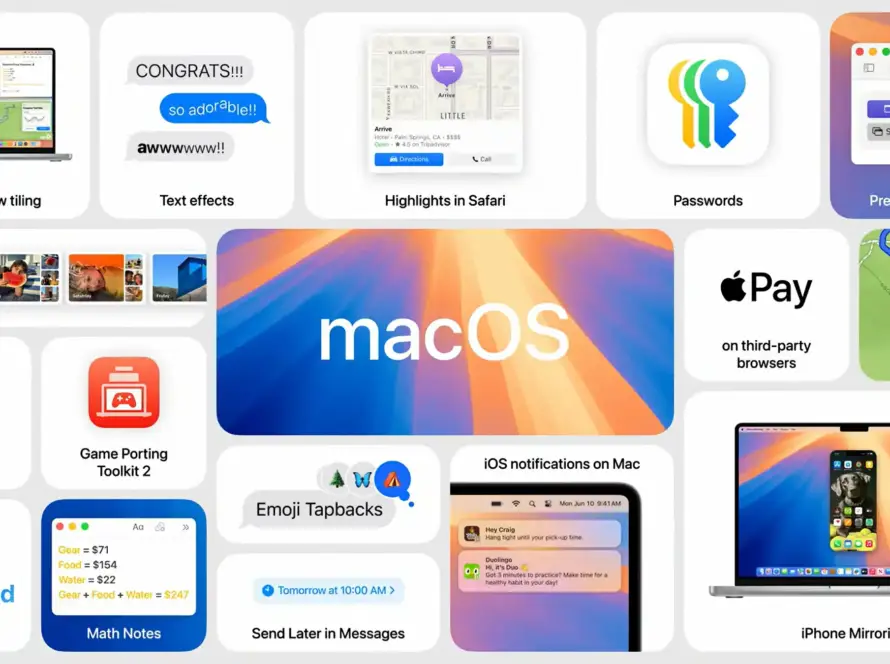Introduction
The world of mobile technology is constantly evolving, and one of the most eagerly anticipated updates for Apple enthusiasts is the release of a new iOS version. As of my last knowledge update in September 2021, the latest iOS version was iOS 15. However, since then, Apple has likely released newer iOS versions, and in this blog, we will discuss how to get iOS 17 when it becomes available. Upgrading your iOS device can bring a host of exciting new features and improvements to your iPhone or iPad. So, if you’re ready to take the plunge into the world of iOS 17, read on to learn how to get it!
1. Check Compatibility
Before you rush to get iOS 17, it’s essential to ensure that your device is compatible with the new update. Apple tends to drop support for older devices with each new iOS version. You can check the official Apple website or the settings on your device to see if your iPhone or iPad is eligible for the iOS 17 upgrade. If your device is compatible, you’re one step closer to the update.
2. Backup Your Data
Before any major software update, it’s crucial to back up your data. This ensures that you won’t lose important photos, messages, or documents in case something goes wrong during the upgrade process. You can back up your iOS device either through iCloud or iTunes on your computer. Make sure the backup is complete and up to date before proceeding.
3. Connect to a Wi-Fi Network and Ensure Sufficient Battery
Downloading and installing iOS updates can be data-intensive, so it’s advisable to connect your device to a Wi-Fi network to avoid excessive data charges. Additionally, ensure that your device has sufficient battery or is connected to a charger during the update process. A drained battery during an update can lead to complications.
4. Over-The-Air (OTA) Update
Apple typically rolls out iOS updates over the air (OTA), making it easy for users to download and install the latest version directly on their devices. To check for an available update, go to “Settings” on your device, then tap “General” and finally “Software Update.” If iOS 17 is available, you’ll see an option to download and install it. Follow the on-screen instructions, and your device will guide you through the process.
5. iTunes Update (if needed)
In some cases, especially if you’re running an older iOS version, you may need to use iTunes to update your device. Connect your device to your computer, open iTunes, and select your device. In the “Summary” tab, click “Check for Update.” If iOS 17 is available, follow the on-screen prompts to download and install it.
6. Set Up iOS 17
Once the update is complete, your device will restart, and you’ll be greeted with the iOS 17 setup screen. Follow the instructions to configure your device settings, including your Apple ID, passcode, and privacy preferences. Take your time to explore the new features and settings that iOS 17 offers.
Conclusion
Upgrading to iOS 17 can breathe new life into your iPhone or iPad, bringing a host of exciting features and improvements. However, it’s crucial to follow the steps mentioned above carefully, including checking compatibility, backing up your data, and ensuring a stable internet connection. Remember that technology is always changing, so staying up to date with the latest software updates ensures that you’re making the most of your iOS device. Enjoy the enhanced experience that iOS 17 has to offer!



